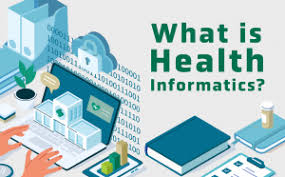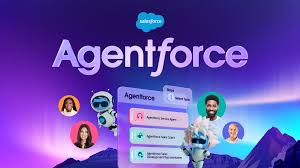Salesforce Winter 25 Release for Life Sciences
The Salesforce Winter ’25 release introduces groundbreaking updates tailored to the life sciences industry. Whether you’re in pharmaceuticals, biotech, or medical devices, these innovations aim to streamline operations, enhance patient care, and strengthen stakeholder relationships. Let’s explore the key enhancements: Quote and Agreement Automation Salesforce’s advancements in Quote and Agreement Automation simplify pricing and contractual negotiations for life sciences organizations. Key benefits include: These updates not only improve operational efficiency but also reduce errors and compliance risks, helping organizations stay ahead in a highly regulated industry. Financial Assistance Programs Navigating financial support for patients can be challenging, but Salesforce is making it easier. The Winter ’25 release enhances tools for managing financial assistance programs, ensuring eligible patients get the support they need. Key features include: By easing the financial burden on patients, these updates strengthen trust and foster better patient-provider relationships. Participant Recruitment and Enrollment Recruiting and enrolling participants for clinical trials is now more efficient with Salesforce’s new AI-driven tools. Notable improvements include: These updates not only shorten recruitment timelines but also enhance the overall trial experience for participants. Patient Program Outcome Management Tracking patient outcomes is vital for life sciences companies, and Salesforce’s Patient Program Outcome Management tools deliver powerful capabilities. Features include: These tools empower organizations to make data-driven decisions, improving program effectiveness and elevating patient care. Pharmacy Benefits Verification Verifying patient benefits is often a time-consuming task. The Winter ’25 release introduces automation to streamline this process. Key highlights: By simplifying benefits verification, this update enhances efficiency for providers and ensures a smoother experience for patients. Why It Matters for Life Sciences The Winter ’25 release is a leap forward for the life sciences industry, offering tools that: From automating quotes and agreements to improving patient support and trial management, these updates empower organizations to focus on delivering exceptional care and innovation. Ready to Transform Your Salesforce Experience?Tectonic is here to help you unlock the full potential of these enhancements. Whether you’re looking to optimize patient care, streamline operations, or improve outcomes, we’ll guide you every step of the way. Contact Tectonic today to get started! Like Related Posts Salesforce OEM AppExchange Expanding its reach beyond CRM, Salesforce.com has launched a new service called AppExchange OEM Edition, aimed at non-CRM service providers. Read more The Salesforce Story In Marc Benioff’s own words How did salesforce.com grow from a start up in a rented apartment into the world’s Read more Salesforce Jigsaw Salesforce.com, a prominent figure in cloud computing, has finalized a deal to acquire Jigsaw, a wiki-style business contact database, for Read more Service Cloud with AI-Driven Intelligence Salesforce Enhances Service Cloud with AI-Driven Intelligence Engine Data science and analytics are rapidly becoming standard features in enterprise applications, Read more



















